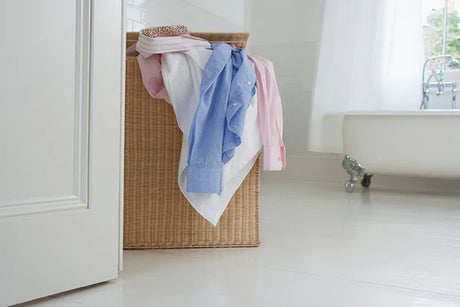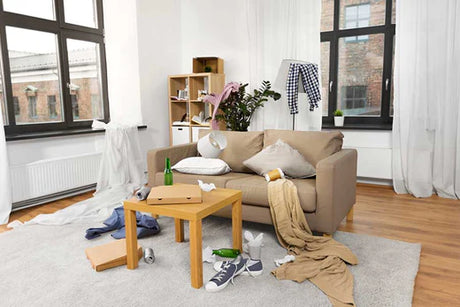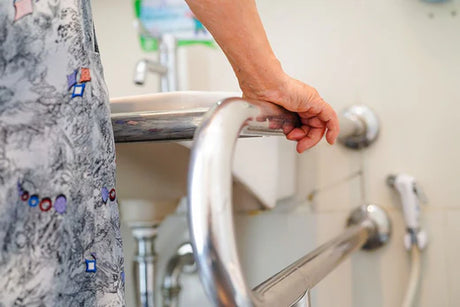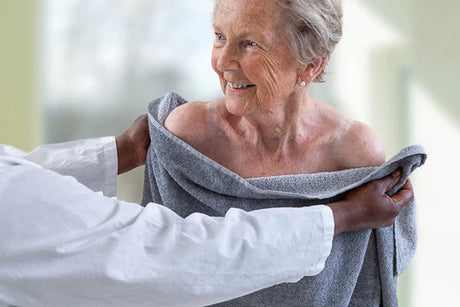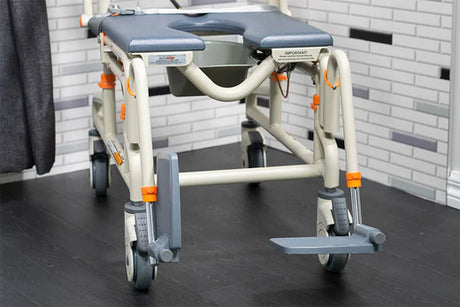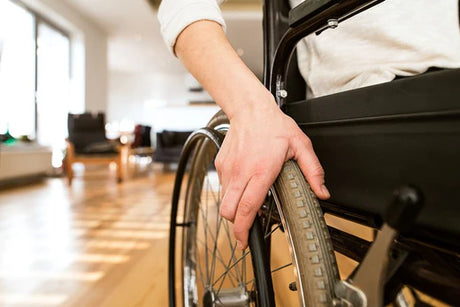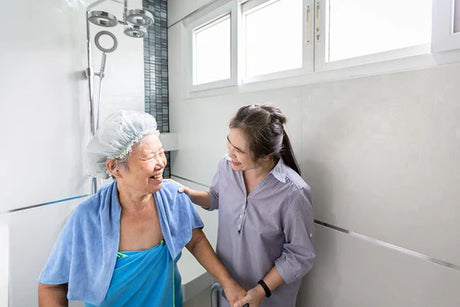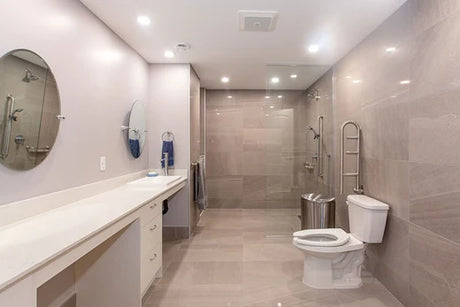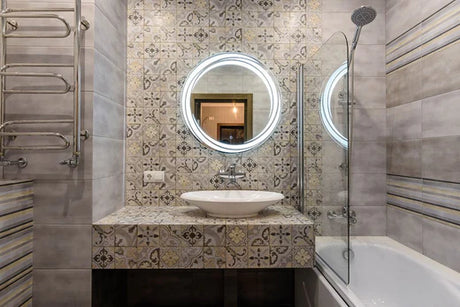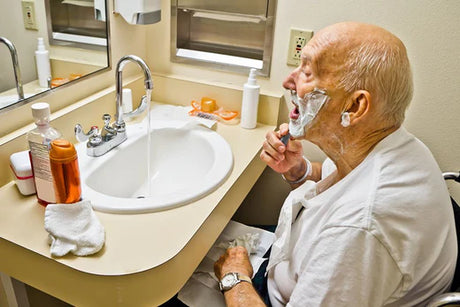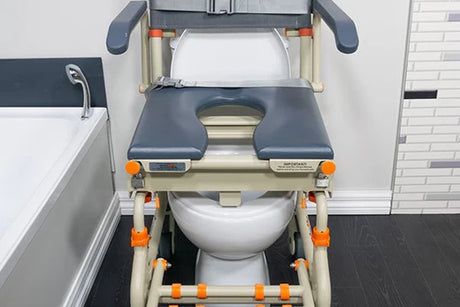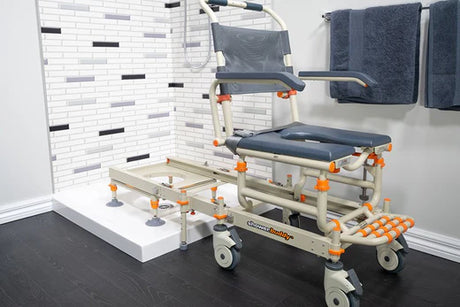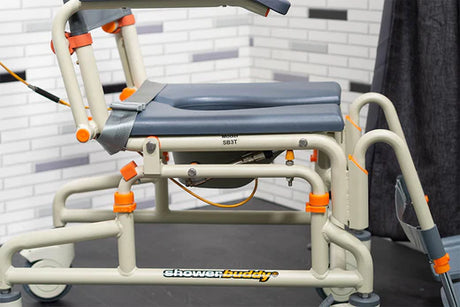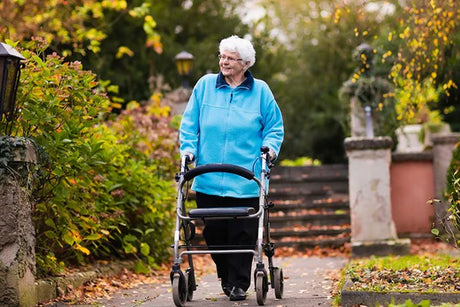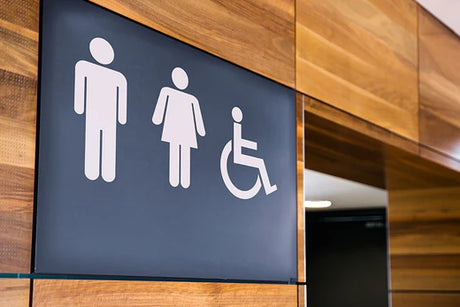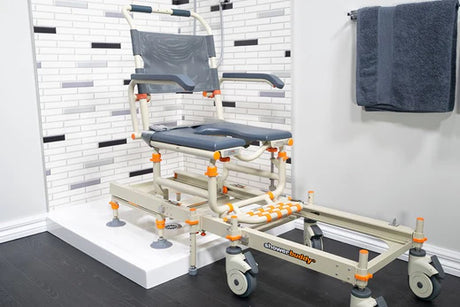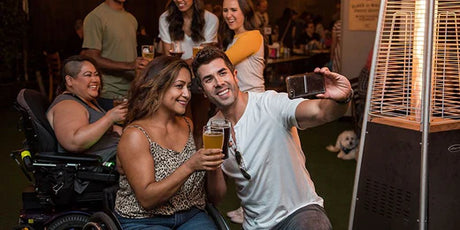When it comes to something as important as independence and dignity in the bathroom, we believe that people shouldn’t have to compromise. Showerbuddy systems are designed to provide the absolute best possible comfort and function for our users and their support people. In this industry, there are plenty of low-cost options which can be attractive on price point but ultimately fall short in a number of areas. Depending on where you live, getting a Showerbuddy might be funded by public health initiatives. If paying for it directly, however, we’ve ensured that our transfer, roll in and travel ranges are all much more affordable than a full bathroom remodel, at the same time providing the flexibility possible with a standalone system.
So, what of quality? Why does this matter to you? Let’s cover a few key areas that demonstrate just how critical quality is as criteria for choosing a shower chair.
You want a shower chair that lasts the distance
A good quality shower chair should simply enable a pleasant bathing or toilet experience. Users shouldn’t have to worry about the equipment failing, breaking and rusting. Unfortunately ‘cheap’ options can be made with less than ideal processes and materials.
A chair that lasts the distance will become a trusted part of a wider mobility plan, giving both users and their carer peace of mind. When we design our products, we make sure that users enjoy and experience equal to if not better than a full bathroom fit out with permanent mobility fixtures. Just because users want something portable, doesn’t automatically mean they should accept a poorer standard of chair that breaks down over time.
Part of buying a shower chair that you know will last the distance is the warranty it comes with. We cover our frames with a lifetime warranty as that’s something that should be built to last. Structural integrity of a shower chair simply shouldn’t be negotiable – especially as someone with mobility challenges relies heavily on their support equipment to see them through tasks at home.

The chair needs to be secure and safe during use
If you’re researching a shower chair, make sure the product has covered safety and stability in depth. If this information is missing, it could be a sign that the chair has deficiencies in its design. A high quality shower chair will keep users safe in the design of the chair and in the case of Showerbuddy, the transfer system.
We design and build shower transfer chair systems that keep users safely in place. Features like stabiliers, anti slip feet, arm and leg rests and seatbelts all help users and carers navigate through the bathroom routine much easier. But the whole package itself should feel robust, handle moving weight distribution and have fixtures that are fully functional under duress and wet environments.

Components should be easy to use in wet bathroom conditions
Fittings like locks, brakes, bolts and other movable elements to a shower chair can make or break a shower chair. Low quality components fail, fall out and put the user at serious risk. For a carer, the fittings should be very easy to manipulate, even when it’s hot and humid during a shower.

The ability to adjust a shower chair to suit the user
Your mobility equipment should work around you – not the other way around. Quality shower chairs enable users and carers a good degree of adjustment to satisfy different body positions and comfort requirements. If a shower chair doesn’t allow for adjustment to suit its range of users, how can it adequately perform the task? A user with significant mobility restrictions may not be able to compensate for a lack of adaptability in the equipment, rendering the equipment not fit for purpose.
The range of shower transfer systems we provide have considered a huge range of use cases and user types. This is reflected in the range of models, but in each model’s adjustments too.
Depending on the model and accessories, our users can get adjustments like:
- Backrest height
- Armrest height
- Fold back arm rests
- Neck rest support
- Feet rest position up/down, in/out, folded away or removed entirely
- Chair tilt (tilt models only)
- Width of seat
- Varying opening size for commode
- Removal of commode bucket
- Cushion cover to make seat completely closed
It’s hard to find a bathroom mobility system that isn’t permanently installed that can offer the level of adjustment to suit than Showerbuddy.

A transfer system is as important as the chair itself
Many accidents and injuries within a bathroom routine will occur when transferring the user in and out of the shower or onto the toilet. It’s in these movements where back, neck and shoulders are under strain with a shifting, heavy weight. A poor quality shower chair won’t even consider the transfer process. Some shower chair designs don’t even allow for particularly easy access once the user is in the shower.
We believe that getting in and out of the shower or toilet is as important as bathing. So our systems have been designed to make transfers as seamless and pain free as possible. For using the toilet, our chairs are designed to clear most standard toilet heights. Our transfer bridge for showers with an edge is made from the same high grade robust material as our chair frames. The bridge locks in between the chair and the shower base securely – all the carer needs to do is slide the user across.

A good shower chair considers a support person or carer in the design, too
Comfort is core to a pleasant bathing experience

Want to explore shower chairs that put quality first?
If you’re interested in quality shower transfer chairs that address all the points in this article, simply take a look at our 3 distinct ranges:






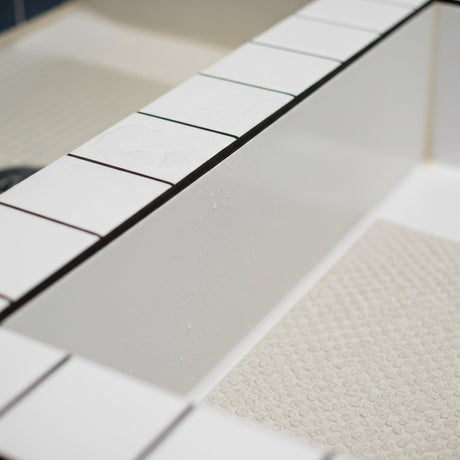

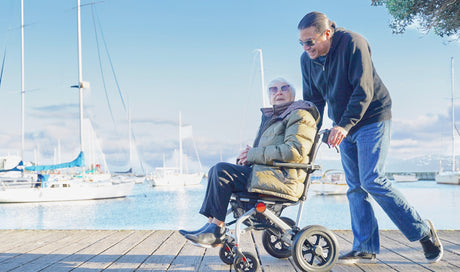
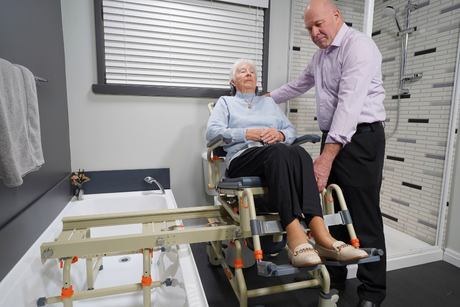
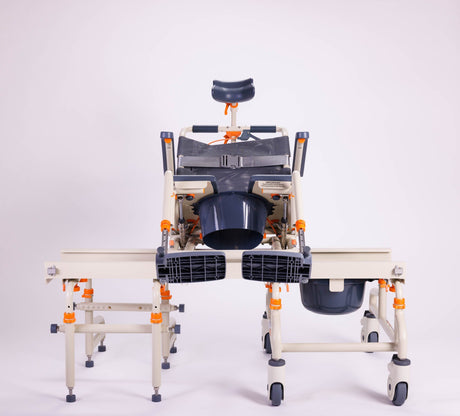
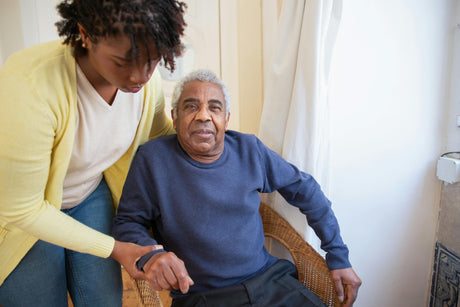
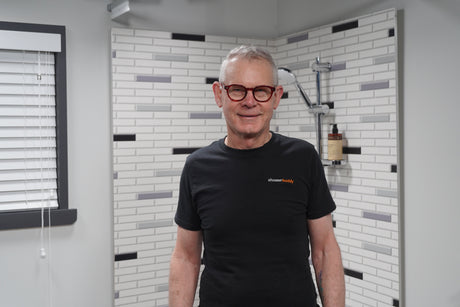
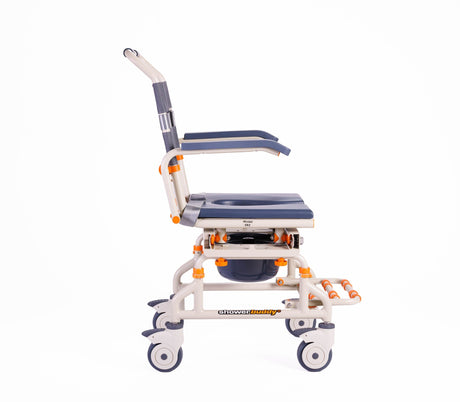
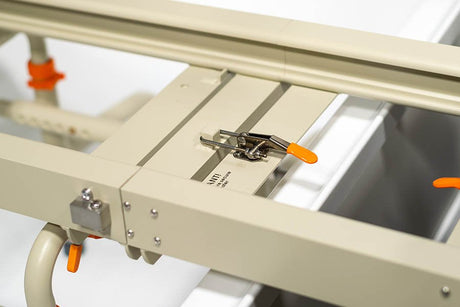

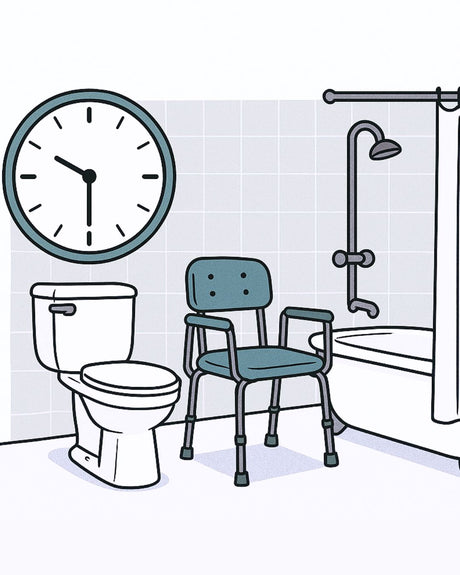
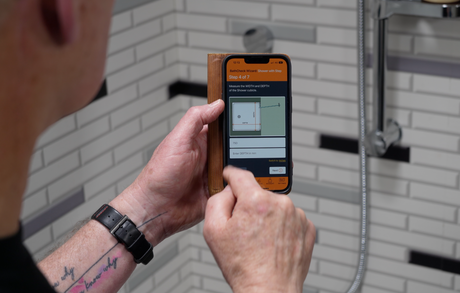
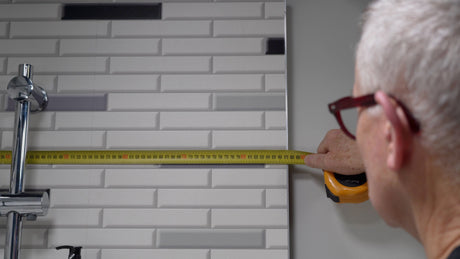

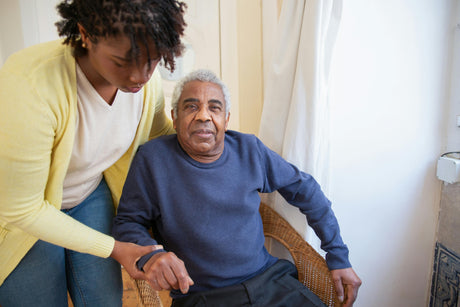

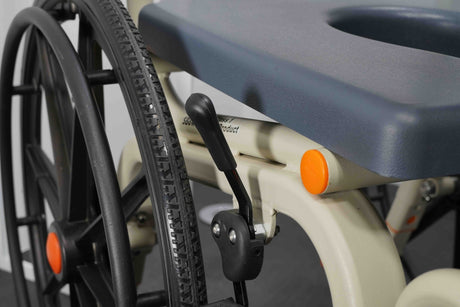


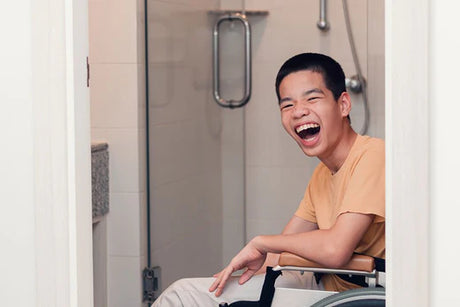
![Toilet Training A Young Child With Mobility Challenges [And How A Shower Chair Can Help]](http://shower-buddy.com/cdn/shop/articles/toilet-training-disabled-child_520x500_a90e5234-d372-435d-aa56-8da15dd3836c.webp?v=1722557239&width=460)

